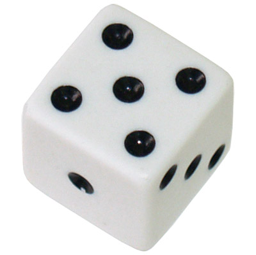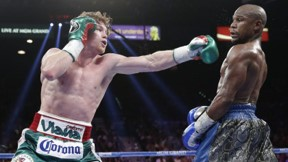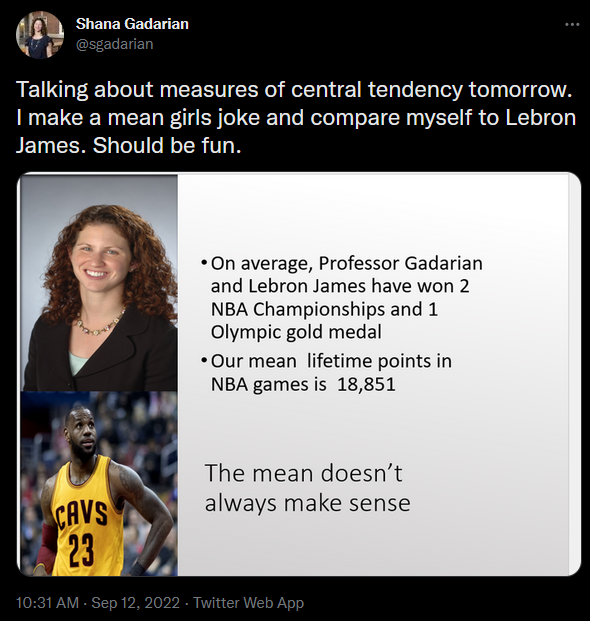Example: Demographics

Suppose that all of the students in Math 32 are between ages 19 and 21 inclusively with the following distribution:
- Age 19: 35%
- Age 20: 45%
- Age 21: 20%
Rewrite the data as a discrete mass function.
Discrete Probability Distributions
A discrete probability distribution is a population where we can list the possible values
and measure the respective probabilities
As usual, the probabilities rules include that each probability is between zero and one inclusively
and that all probabilities add up to 100 percent
Expectation
For a random variable

Compute the expected value of the roll of one six-sided die.
Variance
The variance of a random variable
The above theoretical formula is built from first principles and is good for building the math foundation. However, the following practical formula is better for hand calculations and computer calculations.
Claim:
Example: Boxing Bets
Before watching a boxing match, my friends and I made bets over which round the fight would end. A boxing match lasts up to 12 rounds. Each gambler pays $5 and is assigned a round randomly. The winner garners the whole pot of money. What is the expected value of the bet? What is the variance of the bet?

Looking Ahead
- due Fri., Feb. 10:
- WHW4
- JHW2
- Demographics Part 1 (survey)
- Be mindful of before-lecture quizzes
No lecture session for Math 32:
- Feb 20, Mar 10, Mar 24
Exam 1 will be on Wed., Mar. 1
- more information in weekly announcements
